Information on Toenail Fungus
Toenail fungus is a type of fungal infection and it commonly affects the human beings quite often. Nowadays, one may choose from numerous different types of medicinal therapies, but probably the best solution for all those who suffer from toenail fungus are the natural Chinese home remedies. The fungus commonly enters the human body through cuts, lesions and other damaged portions of the skin and causes the occurrence of infection.
Toenail is one of the most vulnerable places because it easily provides the perfectly moist and warm environment in which the fungi multiply. Toenails affected by fungal infection are usually characterized by disfiguration and discoloration. Sometimes the condition may also be accompanied by inflammatory conditions and painful sensations. Severe cases of fungal infections may also be accompanied by the accumulation and oozing out of pus.
Based on the pattern of invasion, onychomycosis can be divided into the five clinical subtypes. It should be noted that patients may have a combination of these subtypes.
- Distal lateral subungual onychomycosis is the most common clinical subtype. In distal lateral subungual onychomycosis, the fungal invasion begins at the hyponychium and then progresses to involve the distal nail bed and subsequently the nail plate. The fungus then migrates proximally through the nail plate, causing linear channels or “spikes”.
- In white superficial onychomycosis, the upper surface of the nail plate is affected by the fungus, notably Trichophyton mentagrophytes. Typically, white superficial onychomycosis presents as white dots or patches on the surface of the nail plate. The white dots and patches can be easily scraped off.
- Proximal subungual onychomycosis develops when the fungus invades the undersurface of the proximal nail fold in the vicinity of the cuticle and then extends distally. This clinical subtype is usually caused by Trichophyton rubrum and Fusarium spp. Clinically, proximal subungual onychomycosis presents as an area of leukonychia in the proximal nail plate and moves distally with nail growth. Proximal subungual onychomycosis usually occurs in patients with immunodeficiency, especially Acquired Immunodeficiency Syndrome (AIDS).
- Endonyx onychomycosis is caused by fungal infection of the nail plate without infection of the nail bed. This clinical subtype is usually caused by Trichophyton soundanense and Trichophyton violaceum. Clinically, endonyx onychomycosis is characterized by milky patches of the nail plate, indentations, and lamellar splitting. The nail plate is firmly attached to the nail bed and subungual hyperkeratosis is absent.
- Total dystrophic onychomycosis is characterized by the total destruction of the entire nail apparatus and is often the end-stage of onychomycosis that may follow any of the other subtypes. Clinically, total dystrophic onychomycosis presents with a severely dystrophic and crumbed nail plate which is yellowish, diffusely thickened, and friable. ?
Damp Off
Damp off is a traditional Chinese preparation which is very efficient in strengthening the spleen and it contains atractylodis alba, magnolia officinalis, atractylodis, zingiberis Recens, poly polus, glycyrrhiza, poria cocos, jujube, citri reticulate, cinnamomi and alismatis. It comes in very handy when it comes to the treatment of different forms of moniasis infections, yeast infections and fungal infections. Those who suffer from gastroenteritis, diarrhea, edema, difficulty in urination and gastritis may also use it extensively.
Fungo Off
Fungo off is a powerful Chinese concoction which is often used for the treatment of various fungal infections. It is also one of the cheapest possible ways to get rid of toenail fungus. It contains citrus viride, cicade moulting, citrus peel, phellodendron, capilaris, gypsum, poria, scute, tokoro, kochia, tribulus, atractylodis, alisma, dictamnus and plantago.
Fungo Balm
Fungo balm is another potent Chinese preparation which is commonly used for the prevention and treatment of certain medical conditions such as ringworm, athlete’s foot, tinea infection and toenail fungus. It is very efficient in clearing the dampness at the affected areas and speeding up the healing process. It is also among the cheapest possible ways of getting rid of toenail infections. Its ingredients include licorice, sophora, zinc oxide, gypsum and kochia.
Fungo Lotion
Fungo lotion is among the most powerful traditional Chinese remedies intended for use by all those who suffer from toenail infections. It needs to be applied topically to the affected area before applying the aforementioned fungo balm. The beneficial ingredients of fungo lotion contain melia, cnidium soaked in vinegar-sugar solution, borel and dictamium.


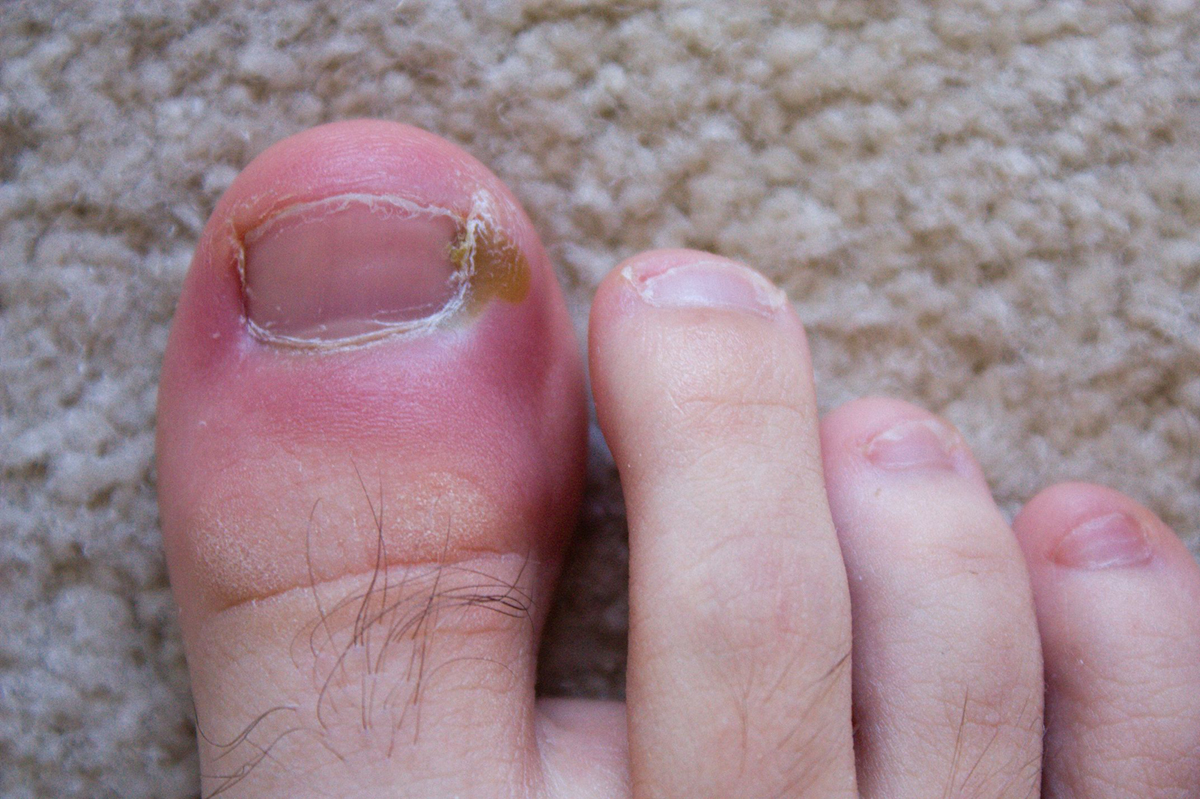
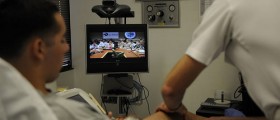
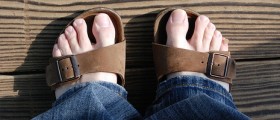
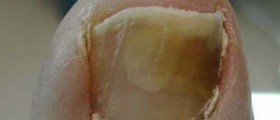
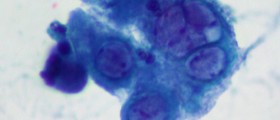
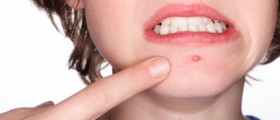
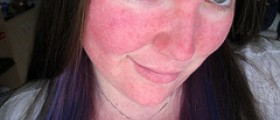

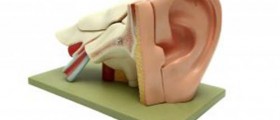


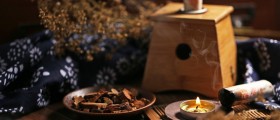
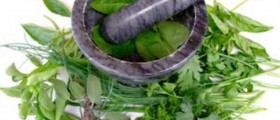
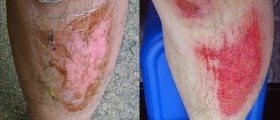
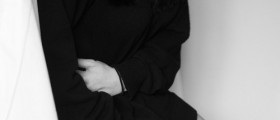
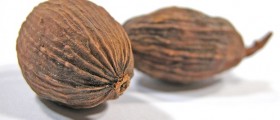
Your thoughts on this
Loading...